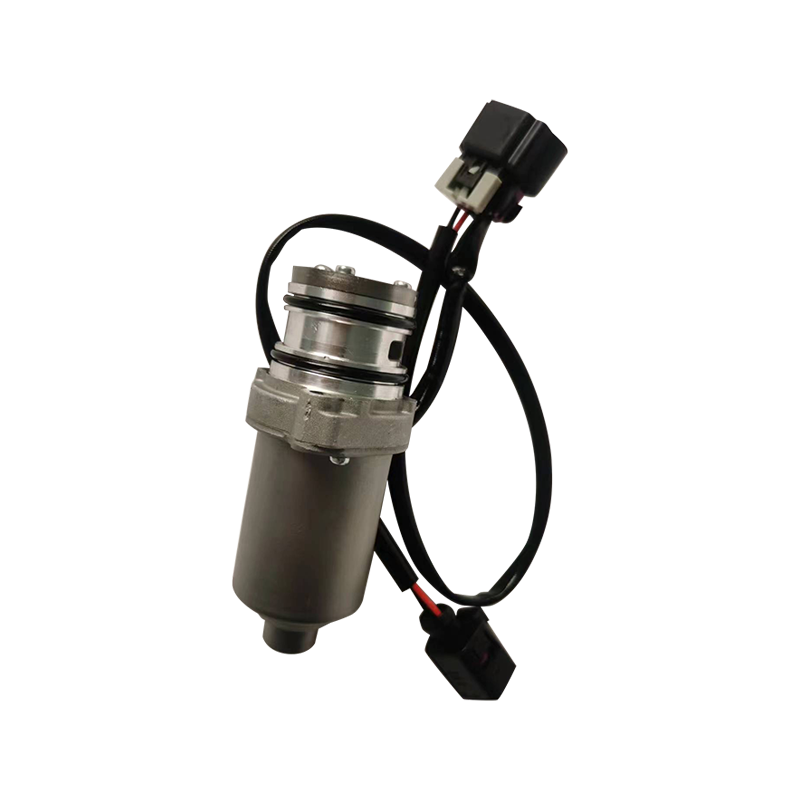BT001 Honda Accord Windshield Wiper Motor
Power Voltage 12V DC, 35W No-load Current Low speed ≦1.5A, high speed ≦2.0A No-loa...
View MoreThe performance of a Steam Pump Motor during startup is a critical factor in industrial applications, influencing both operational efficiency and system reliability. Startup characteristics, including starting current and starting torque, determine how effectively the motor can initiate pump operation, particularly in systems handling high-pressure steam or viscous fluids. Understanding these parameters allows engineers to design compatible power systems, protect equipment, and ensure smooth operation without unnecessary wear or electrical strain.

Starting current, also known as inrush current, is the initial surge of electrical current required to bring the Steam Pump Motor from a standstill to operational speed. This current is typically higher than the steady-state operating current, sometimes several times greater. High inrush current can place stress on electrical components, including circuit breakers, wiring, and power supply systems. Proper design and sizing of the motor, along with suitable protective devices, are essential to manage the electrical load during startup and prevent damage to the motor or associated equipment.
Several factors influence the starting current of a Steam Pump Motor. Motor type, winding configuration, and core material impact how quickly the motor can accelerate under load. Load characteristics, such as pump resistance or system backpressure, directly affect the torque required for startup, which in turn influences current draw. Ambient temperature and voltage stability can also impact inrush current, as variations in supply may increase the electrical demand. Optimizing these factors ensures reliable motor startup while reducing excessive electrical stress.
Starting torque is the rotational force generated by the motor at the moment of startup. Adequate starting torque is essential to overcome static friction, pump resistance, and any load inertia. Insufficient starting torque may result in motor stalling or delayed acceleration, causing operational inefficiencies and increased mechanical wear. Conversely, excessive torque can create abrupt mechanical stress, potentially damaging pump components or coupling systems. Engineers must balance the torque requirements with motor design to achieve safe and efficient startup performance.
Steam Pump Motors are engineered to deliver appropriate starting current and torque based on specific application needs. Features such as wound rotors, specialized stator windings, or soft-start mechanisms can reduce inrush current while maintaining sufficient torque. Selection of materials with high magnetic permeability and low resistance ensures efficient energy conversion during startup. Additionally, electronic control systems may modulate voltage or current to achieve smooth acceleration, protecting both the motor and the connected pump.
Proper operational practices play a vital role in maintaining suitable starting performance. Regular inspection of electrical connections, motor windings, and bearings ensures that the motor can deliver expected torque without excessive current spikes. Monitoring and controlling ambient conditions, such as temperature and voltage fluctuations, further supports reliable startup. Maintenance of the pump system, including lubrication and alignment, reduces mechanical resistance and allows the motor to operate within designed parameters, preserving both electrical and mechanical integrity.
The starting current and starting torque of a Steam Pump Motor are crucial parameters that determine how effectively the motor initiates operation in demanding industrial environments. By carefully considering motor design, load characteristics, and protective measures, engineers can ensure smooth startup, decrease electrical stress, and prevent mechanical wear. Proper maintenance and operational practices further enhance startup reliability, ensuring that the motor performs safely and efficiently throughout its service life. Understanding and optimizing these factors is essential for achieving long-term operational stability and efficiency in steam pump applications.